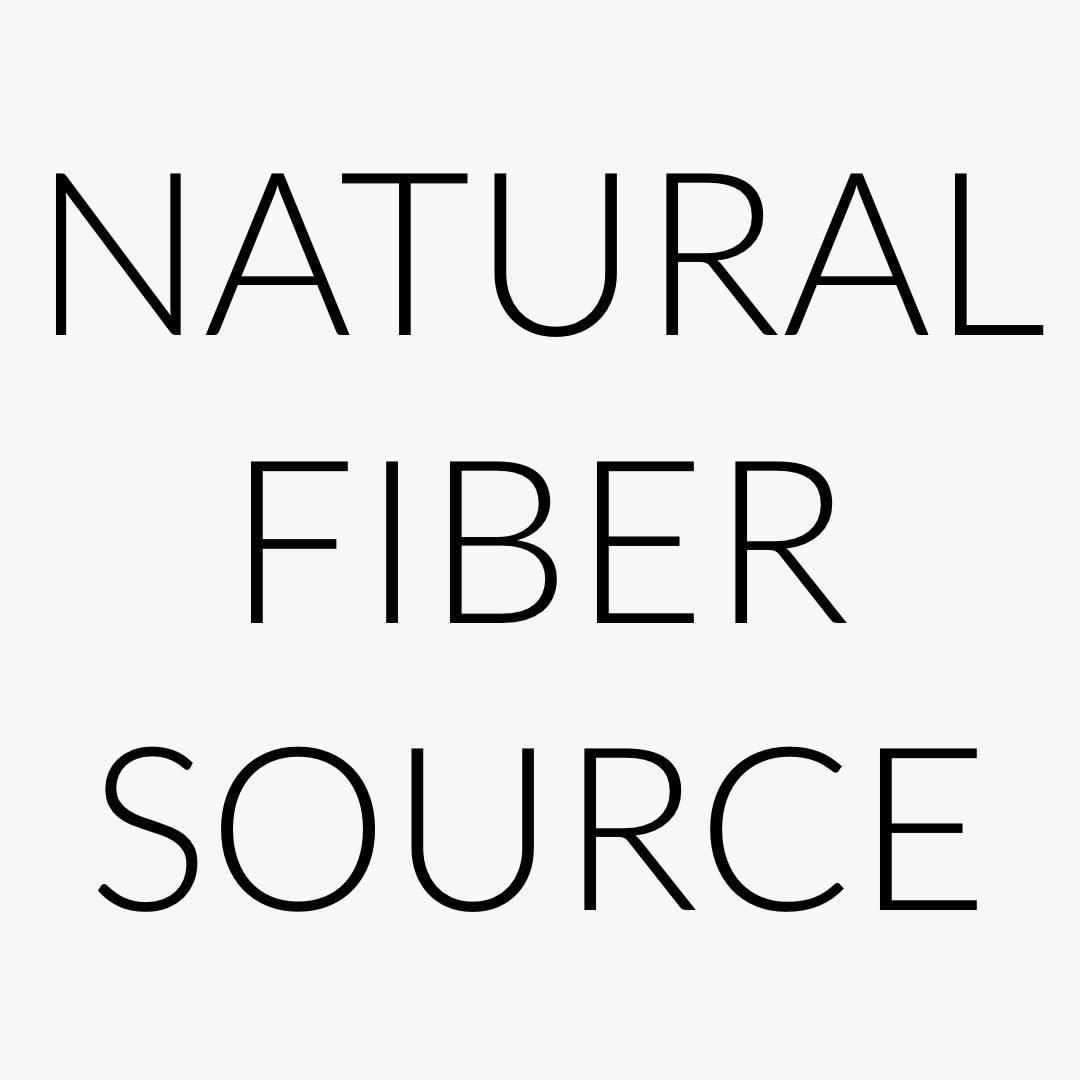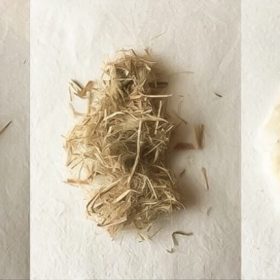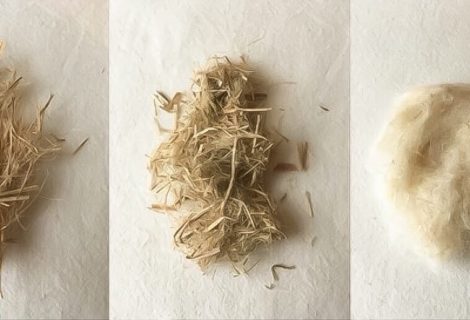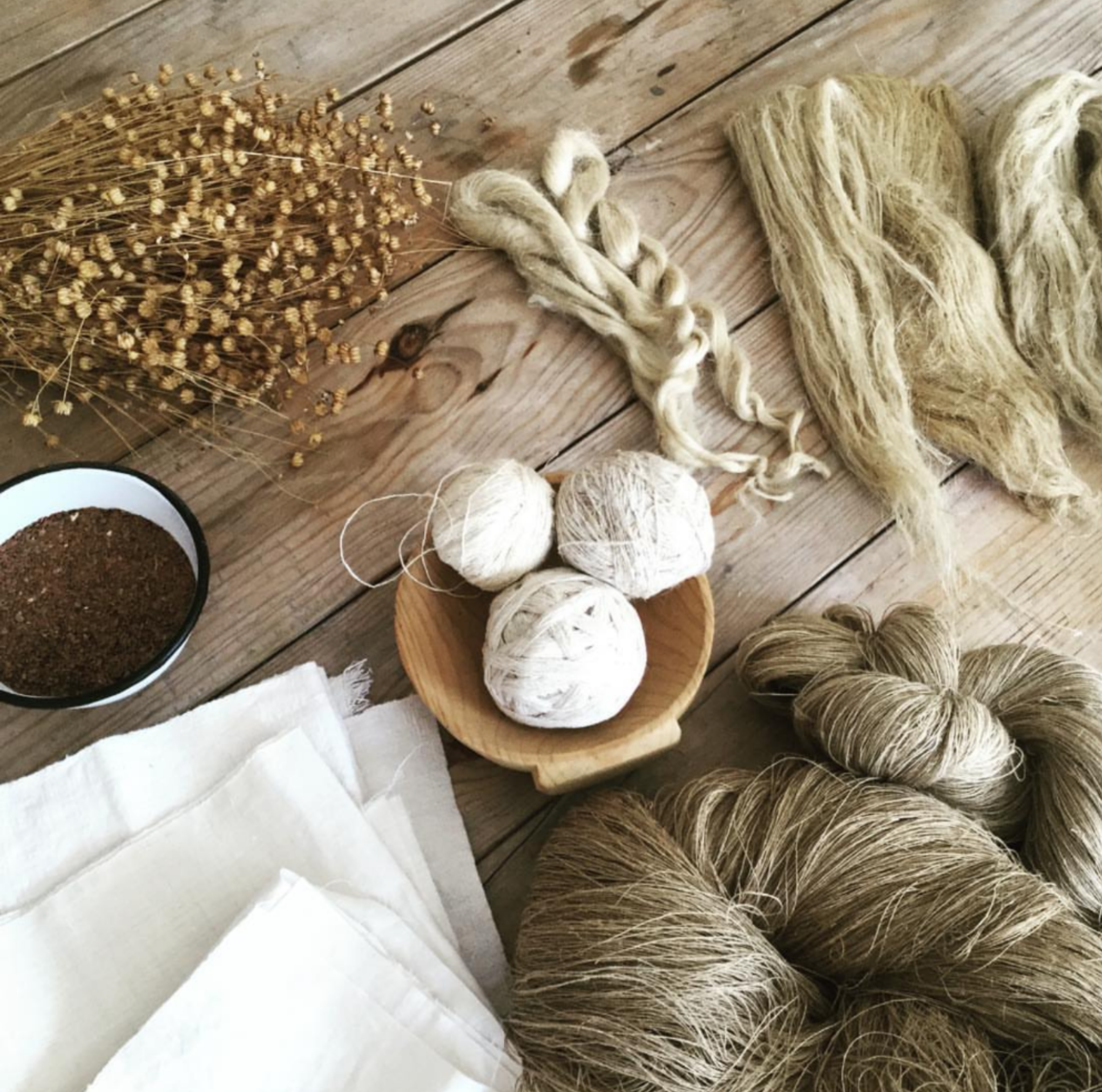When you’re shopping, you are technically voting with your dollar. And if you on this website it is probably because you are looking for an alternative to synthetic toxic fibers in your clothing. You may have come across photos of the textile industry and seen the dark side of what it is doing to our planet. It however is stressful to find clothes that meet the standards of what you believe in and with all the green washing out there it is straight confusing. We are here to clear up the confusion so you can make smart choices when buying your clothes.
When it comes to clothing, textiles, and various everyday products, the materials used often fall into two main categories: natural and synthetic. Natural fibers, as the name suggests, come directly from the natural world. They are derived from plant and animal sources and have been used by humans for thousands of years. In this blog post, we will take a closer look at what natural fibers are made of, how they are obtained, and their unique characteristics.
Understanding Natural Fibers
Natural fibers are materials that are sourced from living organisms and are composed of complex organic polymers. They can be categorized into two main groups: plant-based fibers and animal-based fibers.
Plant-Based Fibers
a. Cotton: Cotton is one of the most popular and widely used natural fibers worldwide. It is obtained from the fluffy seed fibers of the cotton plant (Gossypium). Each cotton fiber is made of cellulose, a complex carbohydrate, and a small amount of wax and proteins. Cotton’s softness, breathability, and absorbency make it a favorite for clothing and textiles.
b. Linen: Linen is derived from the fibers of the flax plant (Linum usitatissimum). Flax fibers consist primarily of cellulose, which gives linen its natural luster and cool, breathable properties. Linen is known for its strength and ability to keep you cool in hot weather.
c. Hemp: Hemp fibers are extracted from the stalk of the hemp plant (Cannabis sativa). Hemp is a strong, durable fiber with a long history of use in rope, clothing, and paper production. It contains a high percentage of cellulose and is known for its sustainability and resistance to pests.
d. Jute: Jute fibers are harvested from the outer stems of the jute plant (Corchorus species). These fibers are primarily composed of cellulose and are valued for their affordability and use in items like burlap sacks and ropes.
Animal-Based Fibers
a. Wool: Wool is the natural fiber obtained from the fleece of sheep and other animals like goats (cashmere and mohair), alpacas, and rabbits (angora). Wool fibers are primarily made of a protein called keratin. Wool is known for its insulating properties, warmth, and natural elasticity.
b. Silk: Silk is produced by silkworms, particularly the Bombyx mori species. Silk is composed of a protein called fibroin and is renowned for its smooth texture, luster, and lightweight feel. It has been a symbol of luxury for centuries.
c. Cashmere: Cashmere wool is obtained from the soft undercoat of cashmere goats. The fibers are incredibly fine and contain a high percentage of keratin. Cashmere is prized for its softness, warmth, and luxury appeal.
How Natural Fibers are Obtained
The process of obtaining natural fibers involves several steps:
Cultivation or Rearing: For plant-based fibers, such as cotton, flax, and hemp, the process begins with the cultivation of the respective plants. For animal-based fibers, like wool and silk, it involves raising the animals under specific conditions conducive to fiber production.
Harvesting: Plant fibers are harvested by collecting the plant’s stems or seeds when they reach the desired maturity. Animal fibers are typically sheared, combed, or extracted from the animals.
Processing: After harvesting, the fibers undergo various processing methods, including cleaning, separating, and sometimes spinning into threads or yarns. These processes may differ depending on the type of fiber and intended end-use.
In conclusion, natural fibers have been an essential part of human history, providing us with materials for clothing, textiles, and various other products. Whether plant-based or animal-based, these fibers offer unique properties and characteristics. Understanding what natural fibers are made of and how they are obtained can help us appreciate their value and make informed choices in our daily lives, especially when it comes to sustainability and eco-friendly materials.






Recent Comments